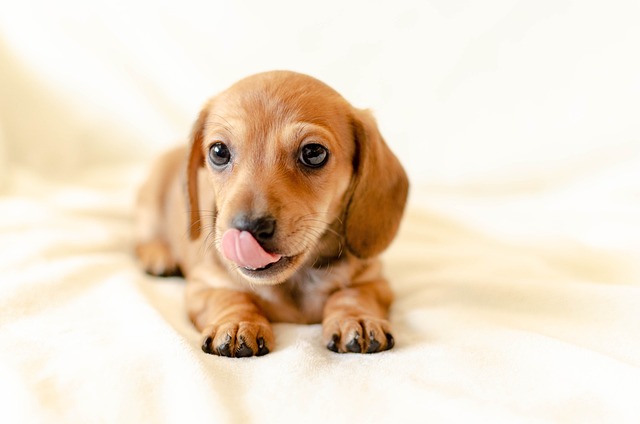
What food can be fed to a two month old Schnauzer
When you bring home a fluffy little ball - a two-month-old Schnauzer, its big wet eyes look at you as if silently asking, "Master, what should I eat?" At this moment,
The sight of a dog's hair flying around after a bath often makes the owner feel both distressed and anxious. Behind the hair that falls like snowflakes, there are complex physiological and environmental factors. Exploring the reasons for a dog's excessive hair loss after a bath can not only relieve the owner's worries but also help us protect the pet's health in a scientific and caring way.
A dog's skin and hair form a precise protective barrier. The seemingly ordinary cleaning behavior of bathing can actually disrupt the original balance of this barrier. The skin of a healthy dog is covered with a layer of natural oil. This layer of oil is like an invisible protective film, which can not only lock in the skin's moisture and prevent dryness but also resist the invasion of bacteria and fungi from the outside. When we bathe a dog with shampoo, the cleaning ingredients in the shampoo will overly remove this layer of oil. After the skin loses the protection of the oil, the moisture quickly escapes, making the skin dry and tight, and then irritating the hair follicles, making the hair that was originally in the resting phase more likely to fall out. Just like in the dry winter, our skin becomes fragile and prone to dandruff due to lack of water, and the dog's skin is the same.
Controlling the water temperature also plays a crucial role during the bathing process. Some owners, worried that the dog will catch a cold, choose water at a relatively high temperature to bathe the dog. However, this practice can harm the dog's skin. A dog's skin is more delicate than that of humans. Water at a too high temperature can scald the skin and damage the hair follicle tissue. Once the hair follicles are damaged, the growth cycle of the hair is disrupted, and the hair that was originally growing normally enters the resting phase prematurely, ultimately leading to excessive hair loss. Imagine that if we are scalded by hot water during a bath, our skin will become red, swollen, and painful. After the growth environment of the hair is damaged, it will send out a "distress signal" in the form of hair loss.
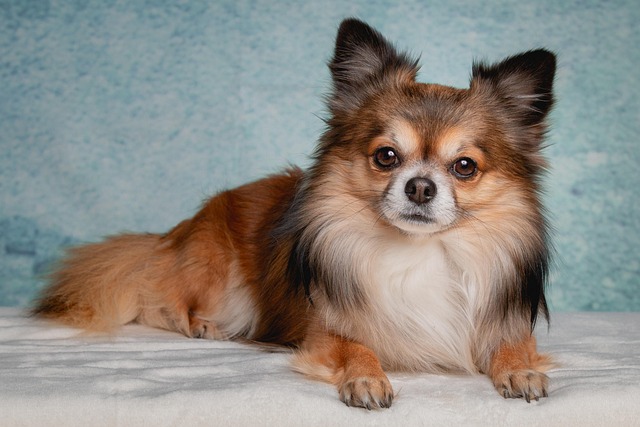 The bathing frequency is also an important factor affecting a dog's hair loss. Some owners who love cleanliness may want to bathe their dogs every day, thinking that this can keep the dogs fresh at all times. However, this excessive cleaning behavior goes against the physiological laws of the dog's skin. Bathing too frequently will continuously disrupt the oil balance on the skin surface, keeping the skin dry for a long time and accelerating hair loss. On the contrary, if a dog is not bathed for a long time, dirt and oil will accumulate on the hair, which will also clog the hair follicles, cause skin problems, and lead to increased hair loss. Just like our hair, if we wash it every day, it will become dry, brittle, and easy to break; but if we don't wash it for a long time, it will be greasy and knotted. Finding the appropriate bathing frequency is crucial for maintaining the health of a dog's skin and hair.
The bathing frequency is also an important factor affecting a dog's hair loss. Some owners who love cleanliness may want to bathe their dogs every day, thinking that this can keep the dogs fresh at all times. However, this excessive cleaning behavior goes against the physiological laws of the dog's skin. Bathing too frequently will continuously disrupt the oil balance on the skin surface, keeping the skin dry for a long time and accelerating hair loss. On the contrary, if a dog is not bathed for a long time, dirt and oil will accumulate on the hair, which will also clog the hair follicles, cause skin problems, and lead to increased hair loss. Just like our hair, if we wash it every day, it will become dry, brittle, and easy to break; but if we don't wash it for a long time, it will be greasy and knotted. Finding the appropriate bathing frequency is crucial for maintaining the health of a dog's skin and hair.
In addition to the factors during the bathing process, the dog's own health condition can also be manifested by hair loss after a bath. When a dog lacks nutrients such as vitamins and minerals, the growth and quality of the hair will be affected. For example, a lack of B vitamins can lead to disordered skin metabolism, making the hair brittle and easy to break; a lack of zinc can affect the normal function of the hair follicles, causing the hair to fall out easily. In addition, problems such as parasitic infections and skin diseases can also exacerbate hair loss after a bath. Parasites such as fleas and mites moving on the surface of the dog's skin can irritate the skin and cause itching, and the dog's frequent scratching will lead to hair loss. Skin diseases caused by fungal and bacterial infections, such as eczema and ringworm, will damage the health of the skin and hair follicles. The stimulation of water flow and rubbing during a bath will cause the originally fragile hair to fall out in large quantities.
When faced with a dog's excessive hair loss after a bath, the owner doesn't need to panic too much. First of all, we should choose mild bathing products that are suitable for the dog's skin type, and avoid using human shampoo, because the pH of human and dog skin is different, and human shampoo may disrupt the pH balance of the dog's skin. Secondly, we should control the water temperature during the bath. Generally, a temperature between 38 and 40 degrees Celsius is appropriate, which is close to the dog's body temperature and will not irritate the skin. The bathing frequency should also be adjusted according to the dog's breed, living environment, and season. Usually, it is more appropriate to bathe a dog once every 7 to 10 days in summer and once every 10 to 15 days in winter.
In daily care, the owner can supplement the dog with foods rich in Omega-3 fatty acids, such as salmon and fish oil. These nutrients can help repair skin cells and enhance the hair's toughness. Regularly combing the dog's hair is also very important. The comb can remove the hair that has fallen out but is still attached to the body, and at the same time, promote blood circulation in the skin and stimulate the growth of hair follicles. If the dog's hair loss situation continues to be severe, accompanied by symptoms such as red and swollen skin, itching, and increased dandruff, it is necessary to take it to a pet hospital for professional examination and treatment in a timely manner.
Every dog is a little angel in the owner's life, warming our lives with loyalty and companionship. When we find that a dog has excessive hair loss after a bath, instead of simply complaining about the trouble of cleaning, we should carefully explore the reasons behind it. By using scientific nursing methods and treating it with a caring attitude, we can help the dog restore healthy and thick hair, allowing it to continue to accompany us happily, run freely in the sun, and leave the most beautiful figure.

When you bring home a fluffy little ball - a two-month-old Schnauzer, its big wet eyes look at you as if silently asking, "Master, what should I eat?" At this moment,
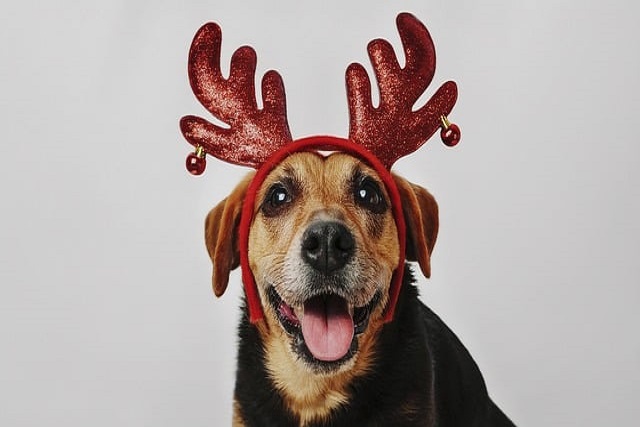
When you see your usually lively dog suddenly limp while running, being cautious when going up and down the stairs, and even having difficulty getting up,

When a doggy door is installed at home to facilitate the dog's free entry and exit,and the owner is looking forward to the dog being able to move freely like other dogs,
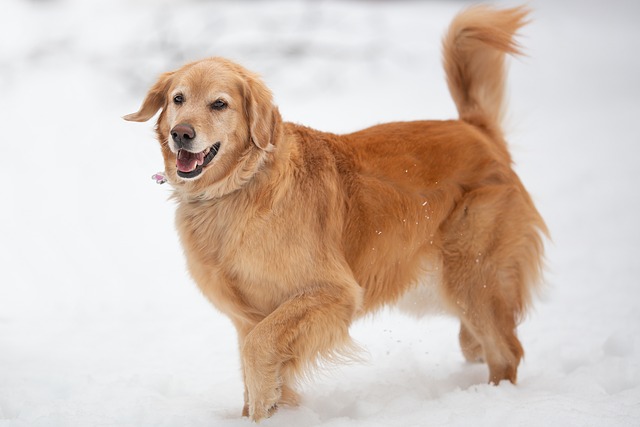
As the most loyal companions of humans, dogs accompany us through countless warm times. Understanding the colors that are difficult to distinguish in their vision is not only an exploration of scientific knowledge,
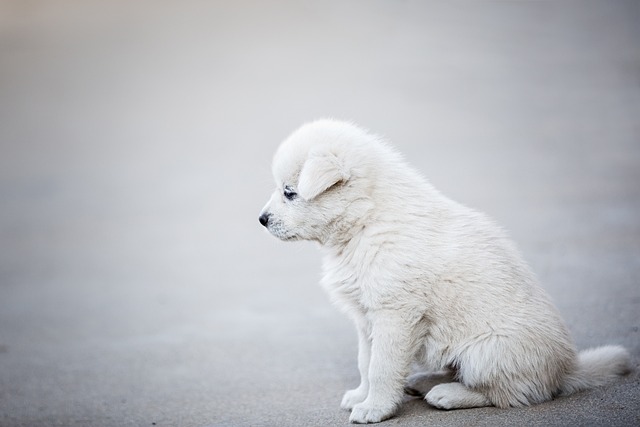
In the morning sunlight, other people's dogs have smooth and shiny fur, shining like silk. However, your own precious dog's fur is dull, dry, and rough,

In the late night, in the silent room, you, who were originally sleeping quietly, are suddenly awakened by a "rustling" scratching sound.